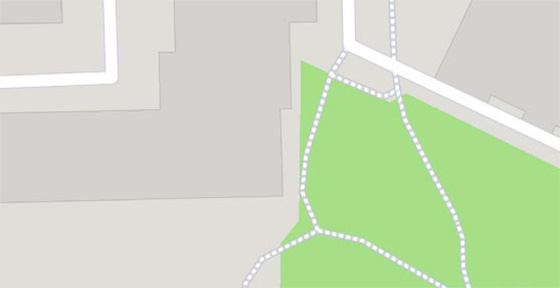Gravensteen is a medieval castle, modeled on Teutonic fortresses. It was built in 1180 by Count Philip of Alsace. It replaced the wooden castle existing here since the 9th century. Gravensteen (literally translated "count castle") served as the seat of the counts of Flanders until the 14th century. It is now open to the public. Inside, a museum of torture and execution tools has been located, which collects historical equipment used once in Ghent - one of the most spectacular exhibits is the guillotine.
In the Middle Ages, it was impossible to impose punishment without testimony, which was almost always forced by torture. During torture, steel cuffs for the hand, foot and neck, thumb crush screws, finger hammers and many other tools were used. Cruel practices ceased only in the 18th century.
The Gravensteen Museum also has one of the richest collections of armor and medieval melee weapons in Flanders. Firearms are also represented in large numbers.
Attractions inside




